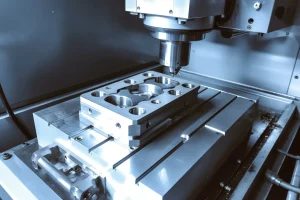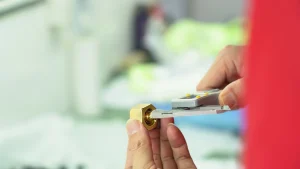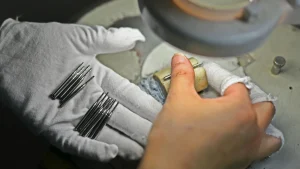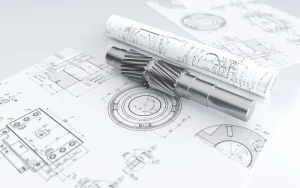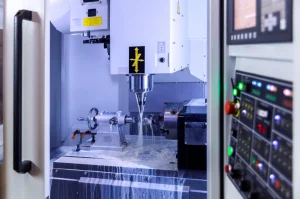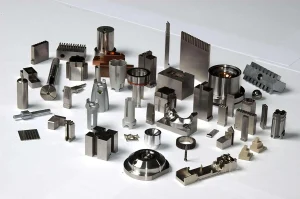CNC (Computer Numerical Control) machining is an essential component of modern manufacturing. Understanding the basic knowledge of CNC machining is crucial for anyone looking to enter this field, whether as an engineer, technician, or operator. This article will explore the fundamental concepts, processes, and applications of CNC machining.
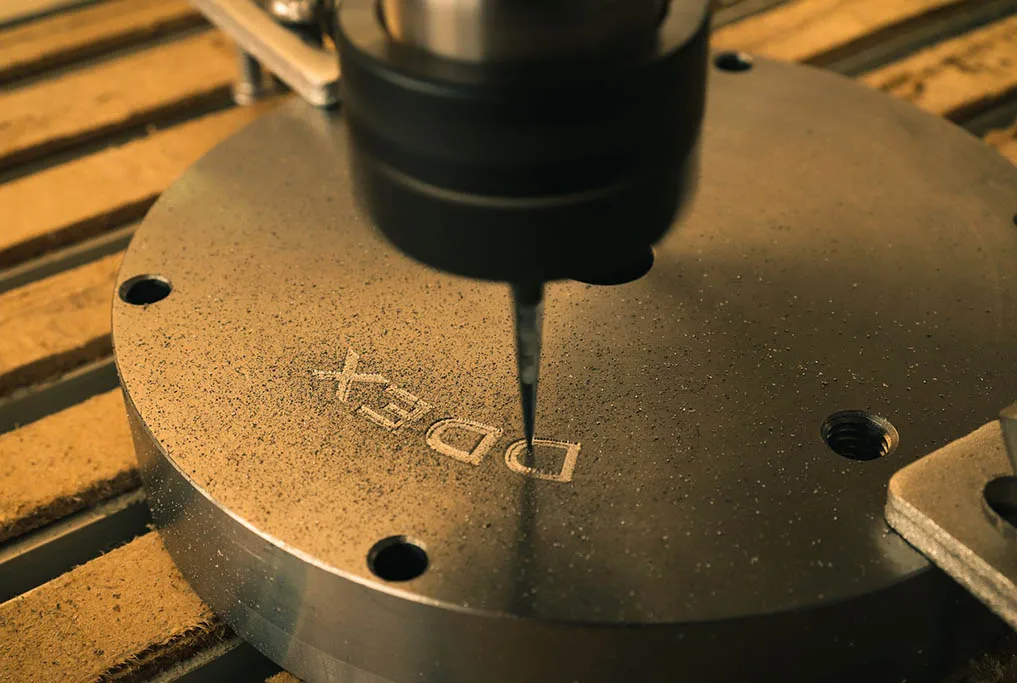
At its core, CNC machining is a method of using computer programs to control machine tools for precise manufacturing operations. Unlike traditional manual machining, CNC machining achieves higher levels of accuracy and consistency. This is primarily because CNC machines can execute complex operations automatically, reducing the margin for human error. Mastering the basic knowledge of CNC machining is vital for appreciating its significance in contemporary manufacturing.
The CNC machining process generally consists of several key steps. First, in the design phase, engineers use CAD (Computer-Aided Design) software to create detailed drawings of the parts to be manufactured. These design files are then converted into G-code, a programming language that CNC machines can interpret. Following this, operators input the G-code into the CNC machine, which then carries out operations such as cutting, drilling, or milling based on the instructions provided. Understanding these basic steps is fundamental to grasping the basic knowledge of CNC machining.
CNC machining comes in various types, including milling, turning, and laser cutting. Milling involves rotating cutting tools to shape materials, while turning rotates the workpiece for machining. Each method has unique characteristics suited for different materials and geometries. In practice, CNC machining is widely utilized in industries such as aerospace, automotive manufacturing, and electronics. Recognizing these applications helps in understanding the broad scope of CNC machining’s impact.
Safety is another crucial aspect of basic knowledge of CNC machining. CNC machines operate at high speeds and can produce significant heat and noise. Therefore, operators must wear appropriate protective gear, such as ear protection and safety glasses. Additionally, regular maintenance and inspections of the equipment are vital for ensuring a safe working environment. By prioritizing safety, the risks associated with CNC machining can be significantly minimized.
Looking ahead, the future of CNC machining is filled with opportunities due to ongoing technological advancements. The integration of additive manufacturing and smart technologies is likely to lead to new developments in CNC machining practices. Gaining a solid understanding of the basic knowledge of CNC machining not only aids personal career growth but also contributes to the broader evolution of the industry.
In summary, basic knowledge of CNC machining is essential for anyone interested in the manufacturing sector. By learning about the basic processes, application types, and safety considerations involved, individuals can build a solid foundation for their future work. Whether in academic research or hands-on operations, CNC machining continues to showcase its irreplaceable value, and mastering its basic knowledge will pave the way for a more expansive career path.

